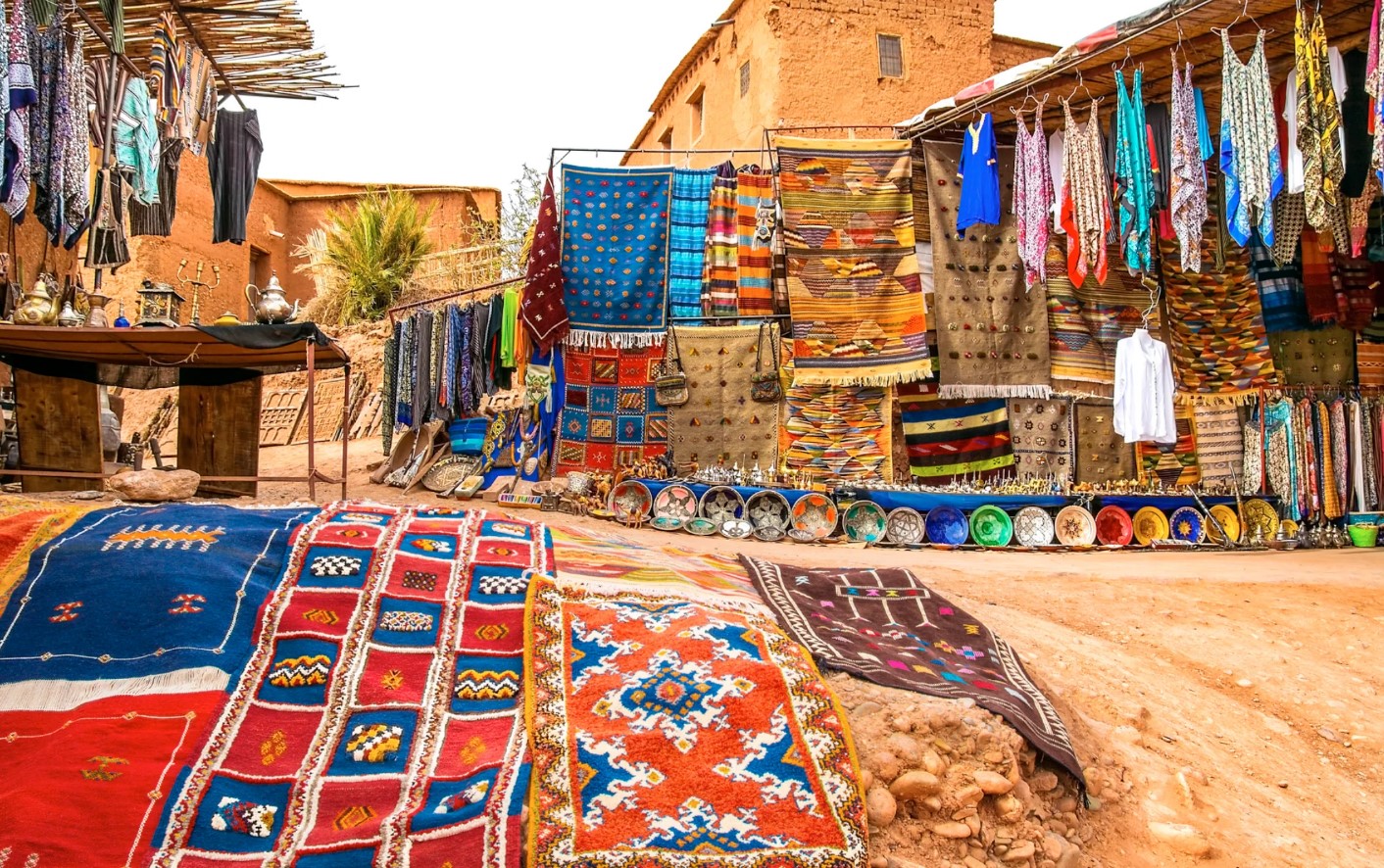Business
Craftsmanship Weaves Its New plan
Over the next five years, the sector will undergo a sustainable reorganization: structuring and supporting stakeholders, modernizing industries, enhancing skills, and promoting quality—key pillars of the strategy led by the supervisory department. A whole ecosystem is being put in place.

Reorganizing the sector and promoting Moroccan craftsmanship are the two objectives of the strategy implemented by the State Secretariat responsible for this sector to develop various industries.
Since late 2024, this restructuring, aligned with governmental actions, has « revived projects and infrastructures that were struggling» , explains Mouha ER-Rich, Director of Heritage Preservation, Innovation, and Promotion.
He adds: « The strategy primarily introduces, for the first time, the concept of an ecosystem in the handicrafts sector » . Secretary of State Lahcen Saadi and his teams have been working on-site for weeks to identify weak links in the value chain of various craft industries.
The results of this diagnosis will enable the creation of ecosystems for each craft industry to foster their development and promote their products locally and internationally.
This approach also aims to « unify efforts among relevant ministries, local actors, and artisan representatives to prioritize and implement development projects across value chain aspects, such as raw material supply, technical production support to improve productivity, empowering rural craftswomen, improving quality, and enhancing work environments, » according to the State Secretariat.
Work has already begun on establishing four priority ecosystems under Lahcen Saadi’s leadership: « jewelry in Tiznit, pottery in Safi, equestrian crafts in Benslimane and El Jadida, thuya wood in Essaouira, traditional slippers (Belgha) in Chtouka Aït Baha, and carpets in Taznakht.
Agreements have been signed, and these projects are expected to be completed within 12 to 18 months, » says Mouha ER-Rich.
The craft sectors that are performing the most
The craft sector presents a strong potential for development thanks to the growing interest and demand from consumers, the constant growth of household consumption in Morocco, the strong growth of the tourism sector, and finally, the ethical and sustainable aspects of handmade products.
However, despite this strong growth potential, the craft sector struggles, according to the State Secretariat, « to reach its full potential due to the multiple constraints and challenges encountered related to the prevalence of informality, the lack of aggregation of actors, the low maturity of the value chain in terms of production and marketing, and the inadequacies of the training system ».
If all sectors represent a strong demand potential and have an offer adapted to market needs, some, such as wickerwork, wood, and metalwork, for example, are not yet well structured. The creation of ecosystems will contribute to the maturity of these sectors whose performances vary.
According to ministerial statistics, the clothing, pottery, ceramics, and carpet sectors are the most successful in exports, with 55% of turnover. Also, it is noted that clothing, wood, and traditional building represent more than 65% of the turnover of the craft production sector.
To boost exports, it is planned to focus on the American market, which is experiencing sustained growth and whose demand is essentially for pottery, carpets, and decorative items. Additionally, promotional actions are being carried out on Arab and West African markets.
In the same vein, and to improve the competitiveness of production, 77 labels have been filed with the OMPIC.
The other axis of the government’s strategy focuses on the reorganization and structuring of the sector, which is largely informal. Law 50.17 regarding the practice of craft activities provides various measures aimed at organizing the sector, which will allow artisans to benefit from social coverage and support programs for greater transparency.
Thus, it is planned to establish the National Craft Registry (RNA), which integrates all craft sector actors into the formal sector. The goal is to reach 2,700,000 registered artisans. Their registration on the RNA will enhance their competitiveness and the modernization of the sectors.
With a view to better professional representation, it is planned to reorganize the professional corporations specific to each trade at the provincial, regional, and national levels, as well as the restructuring of the Craft Chambers, notably the revision of the law related to their status and the institutional overhaul of the Chambers to improve their missions and role as territorial development actors.
Each of the sectors, thanks to adapted programs, will be able to actively respond to the problems posed through the development of human resources and the development of strategic partnerships.
5 Billion Dirhams in Exports by 2030…
Moroccan craftsmanship, with its two components—production and service—plays a vital role in the socio-economic and cultural scene of the country.
The sector creates 2.7 million jobs, accounting for about 22% of the active population. Craft exports have exceeded 1 billion dirhams over the past two years, and the growth rate continues to be positive in recent months. The sector generates a turnover of around 115 billion dirhams and contributes about 7% to the GDP.
In addressing these challenges, the sector will experience sustained development by 2030, creating over 410,000 new jobs, achieving a turnover of 245 billion dirhams with a value-added of 160 billion dirhams, increasing exports to reach 5 billion dirhams, and having 280,000 graduates from vocational training.












